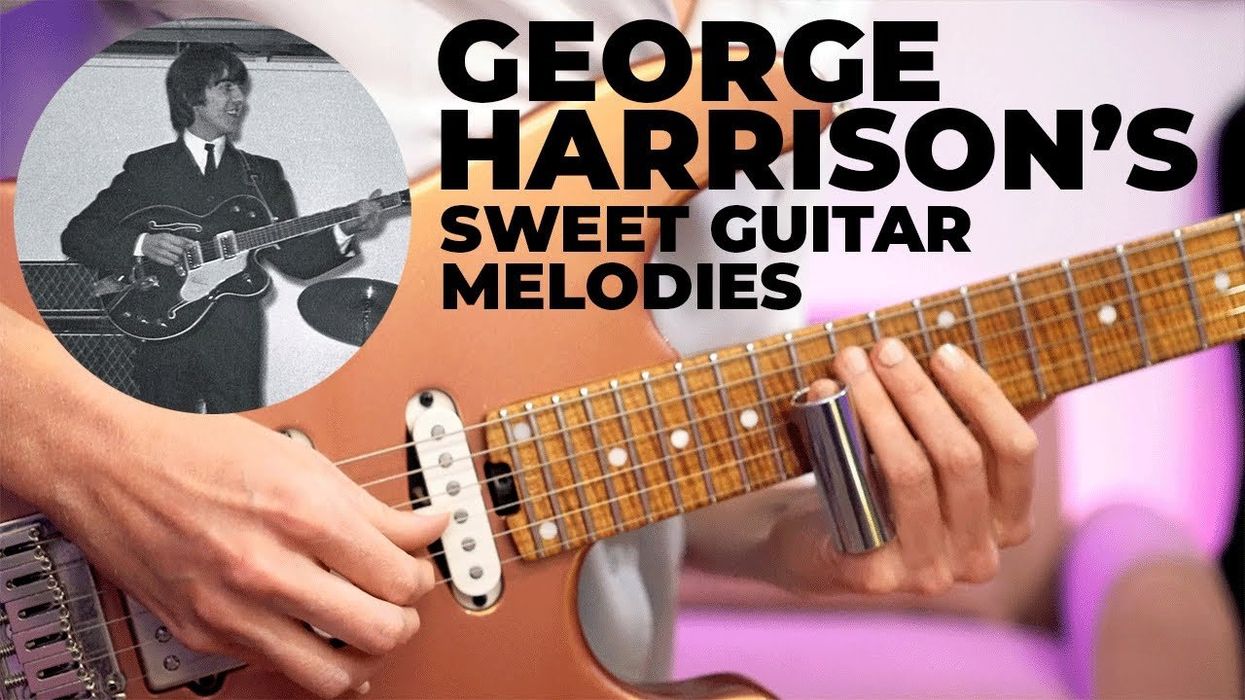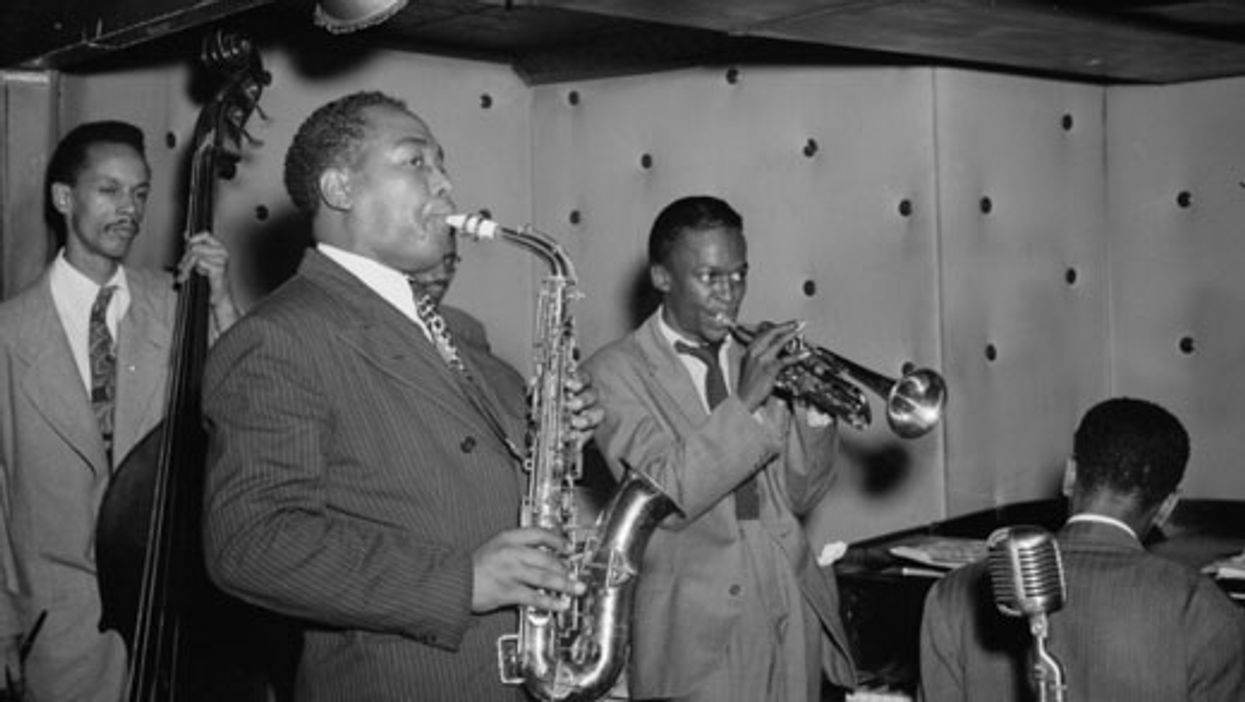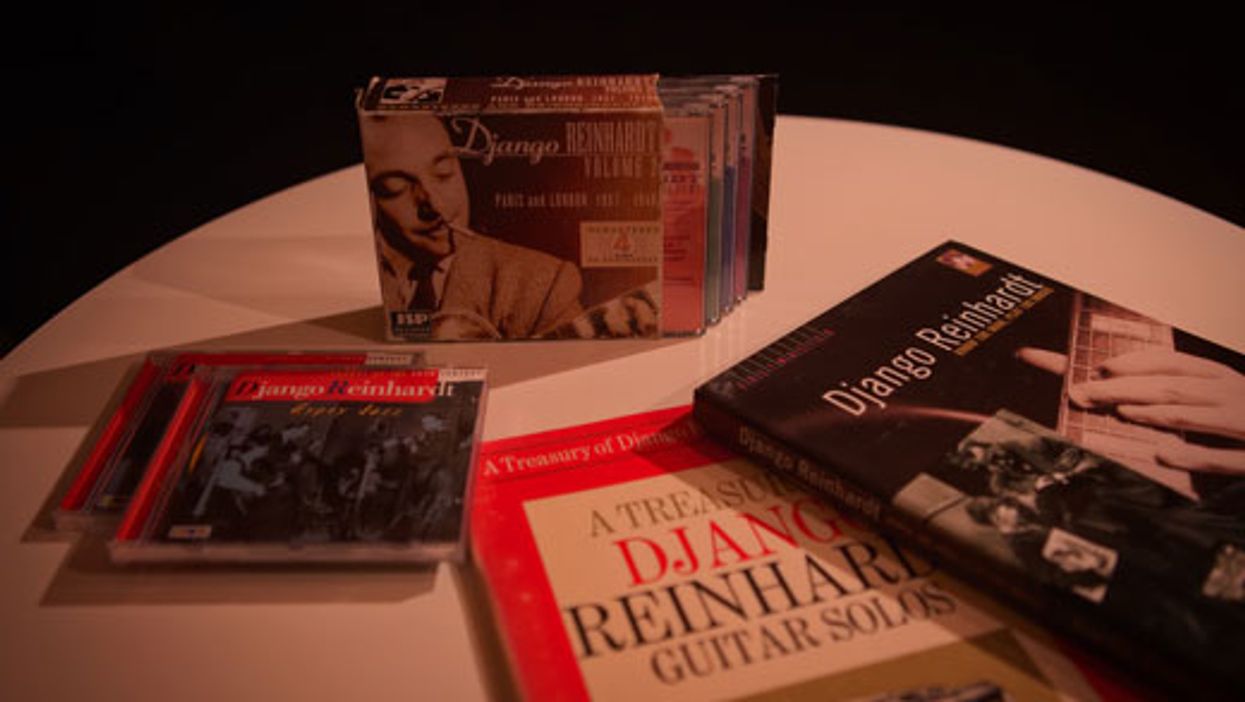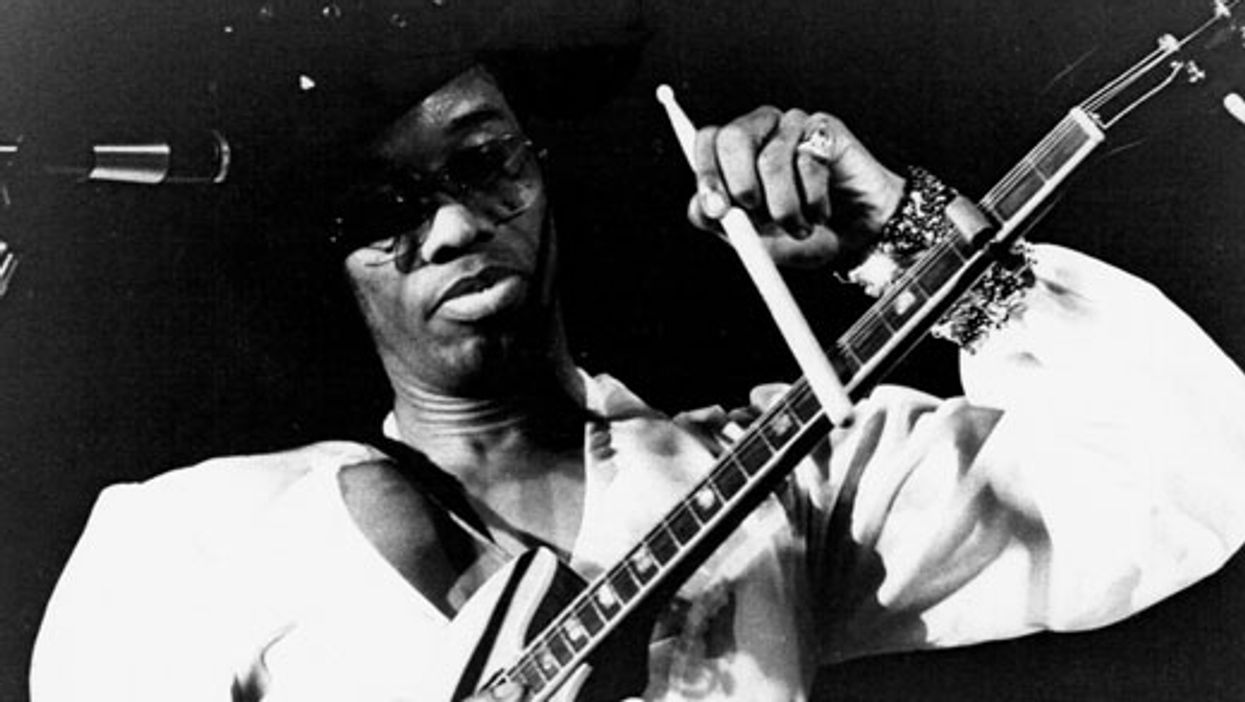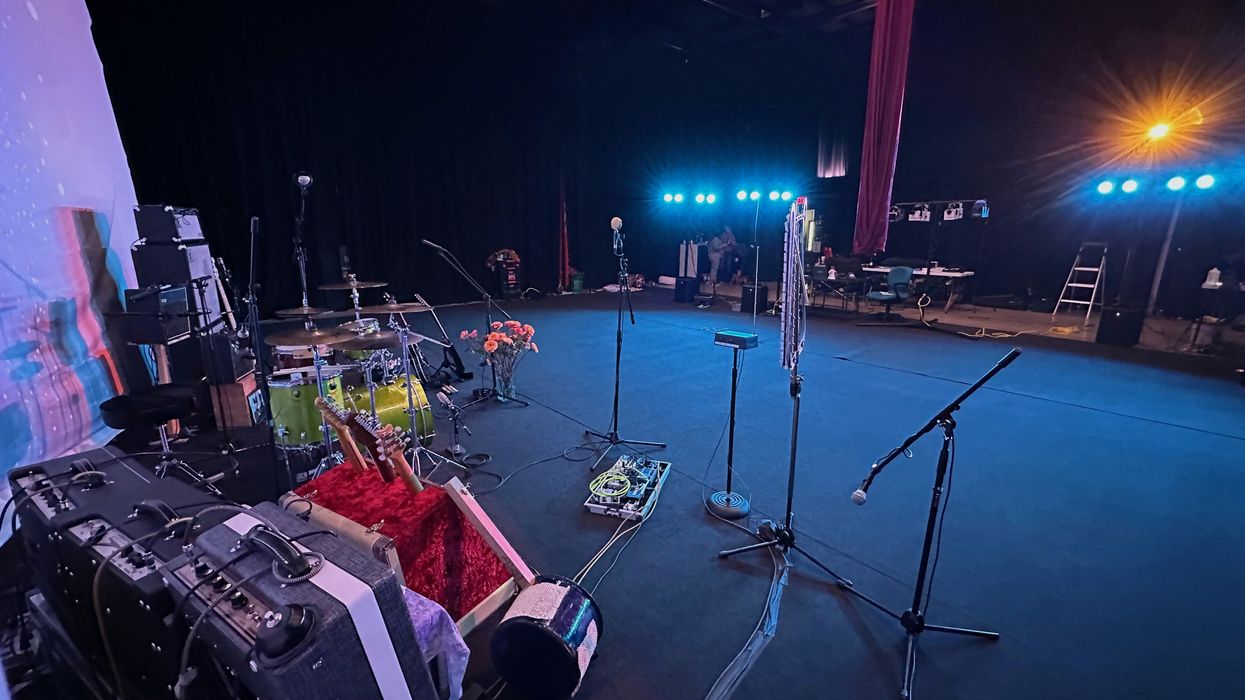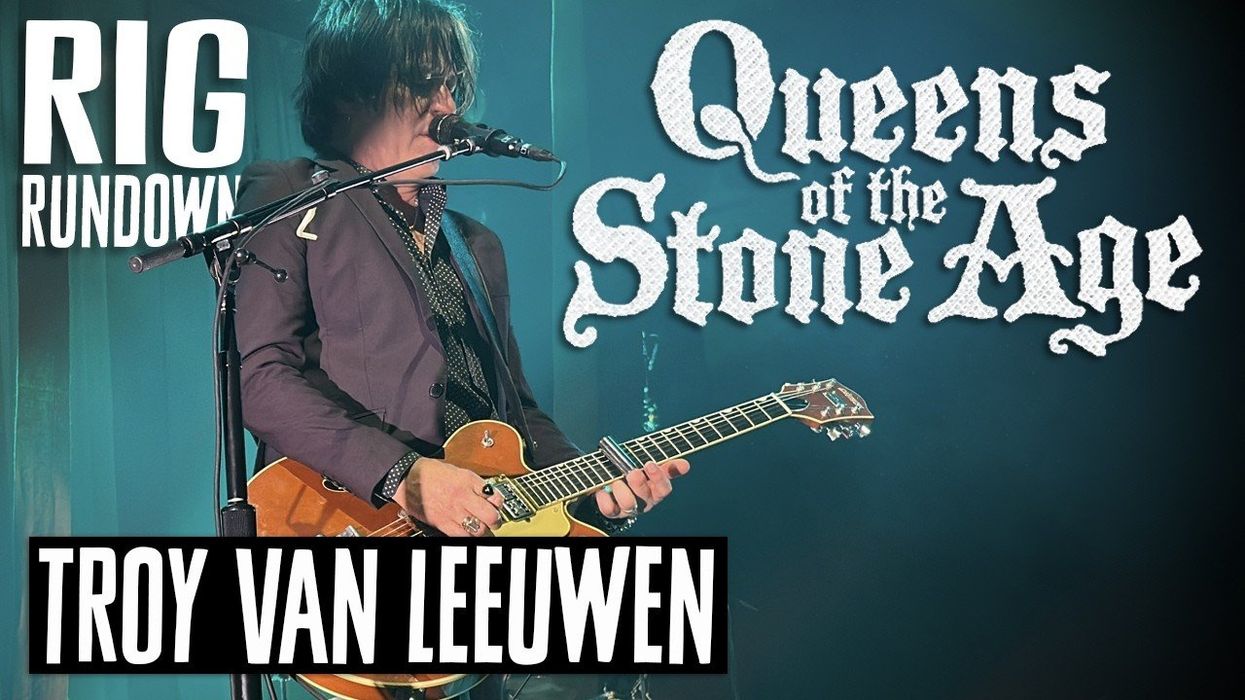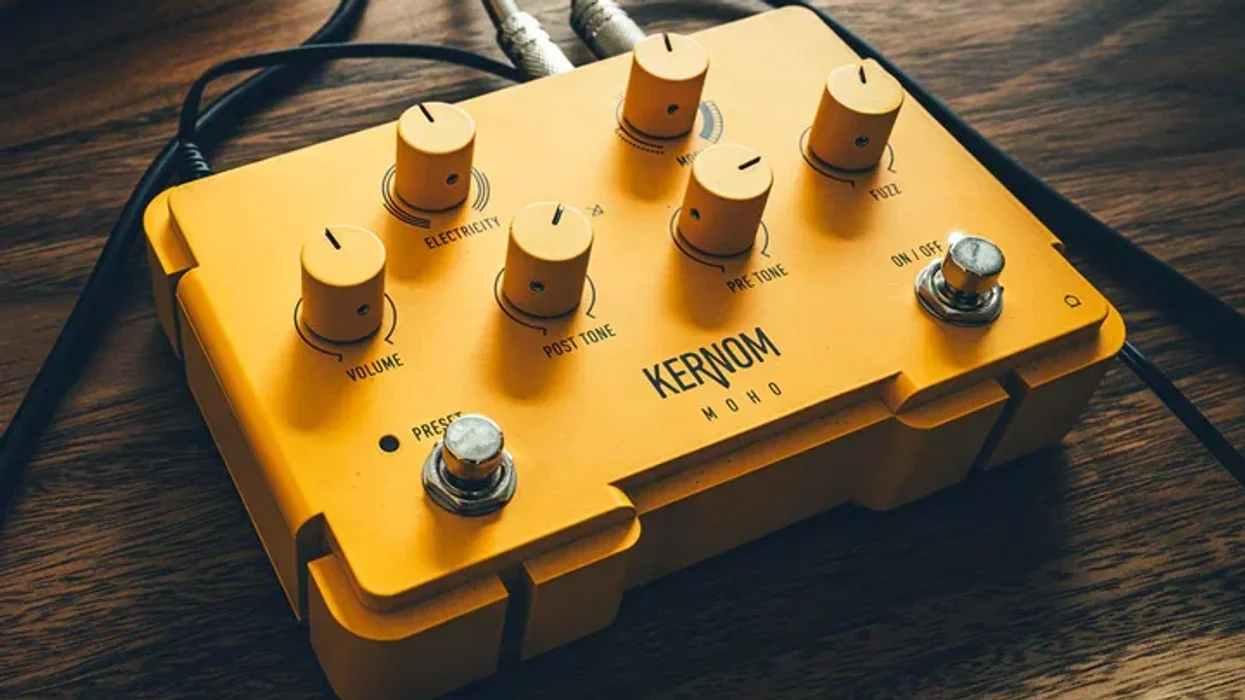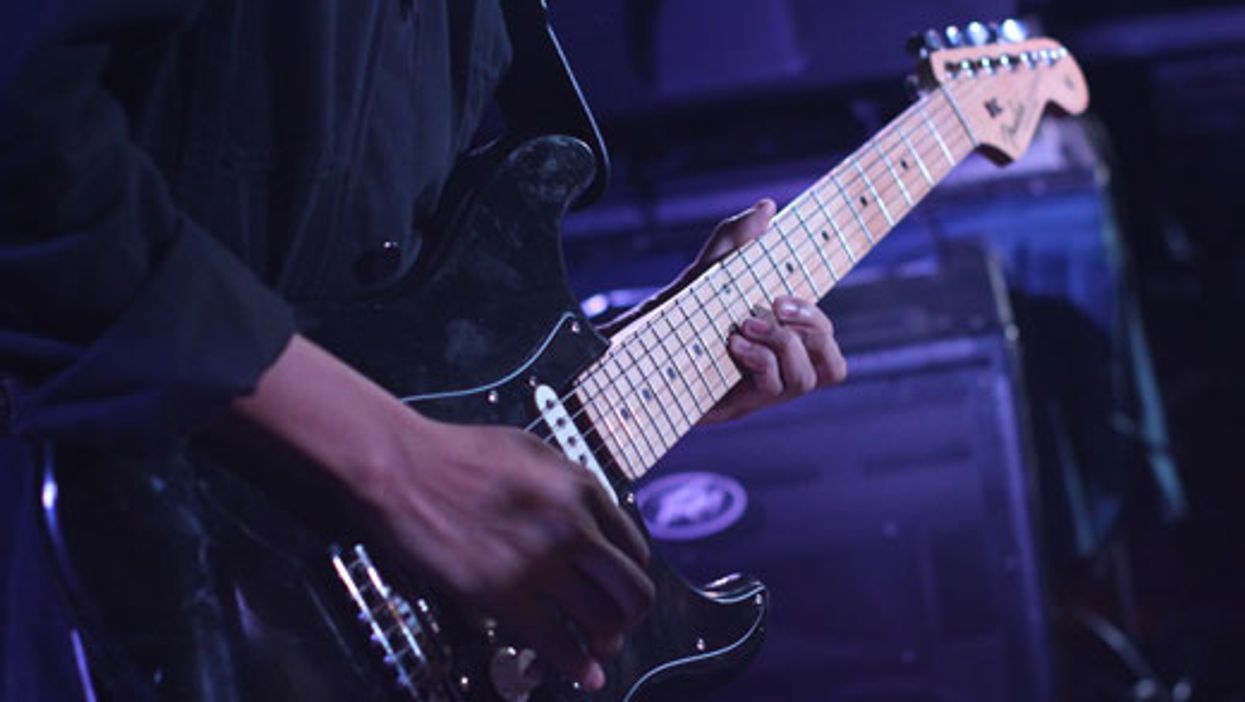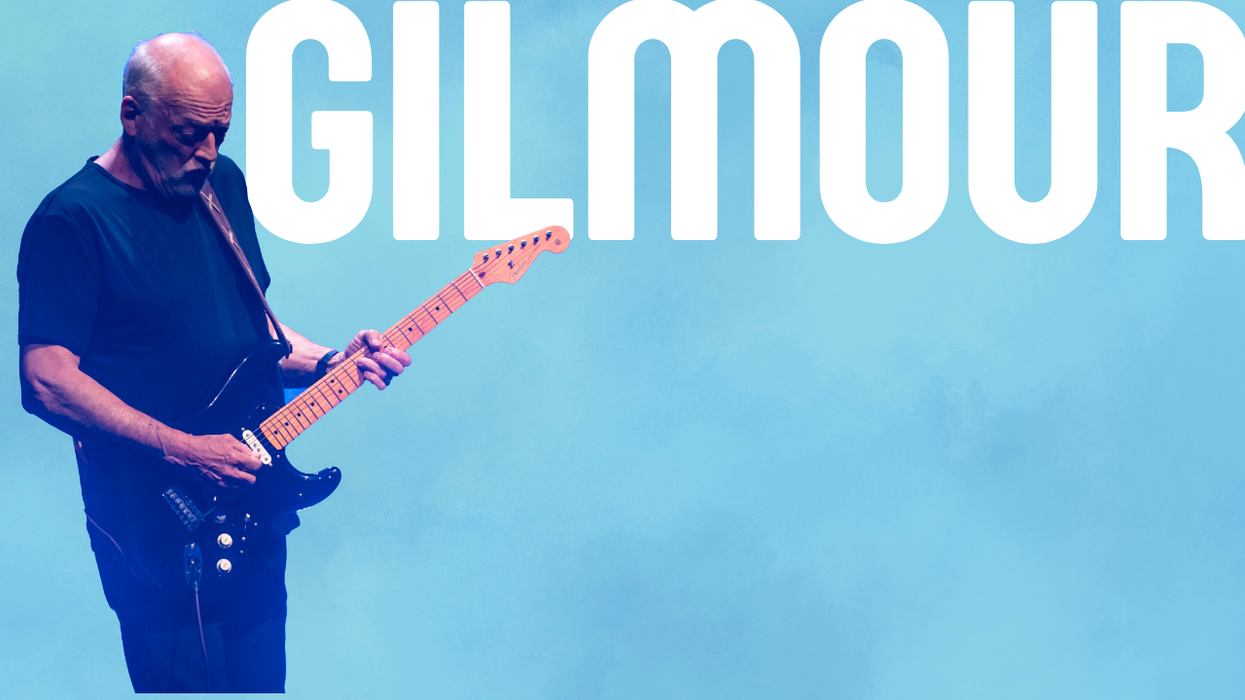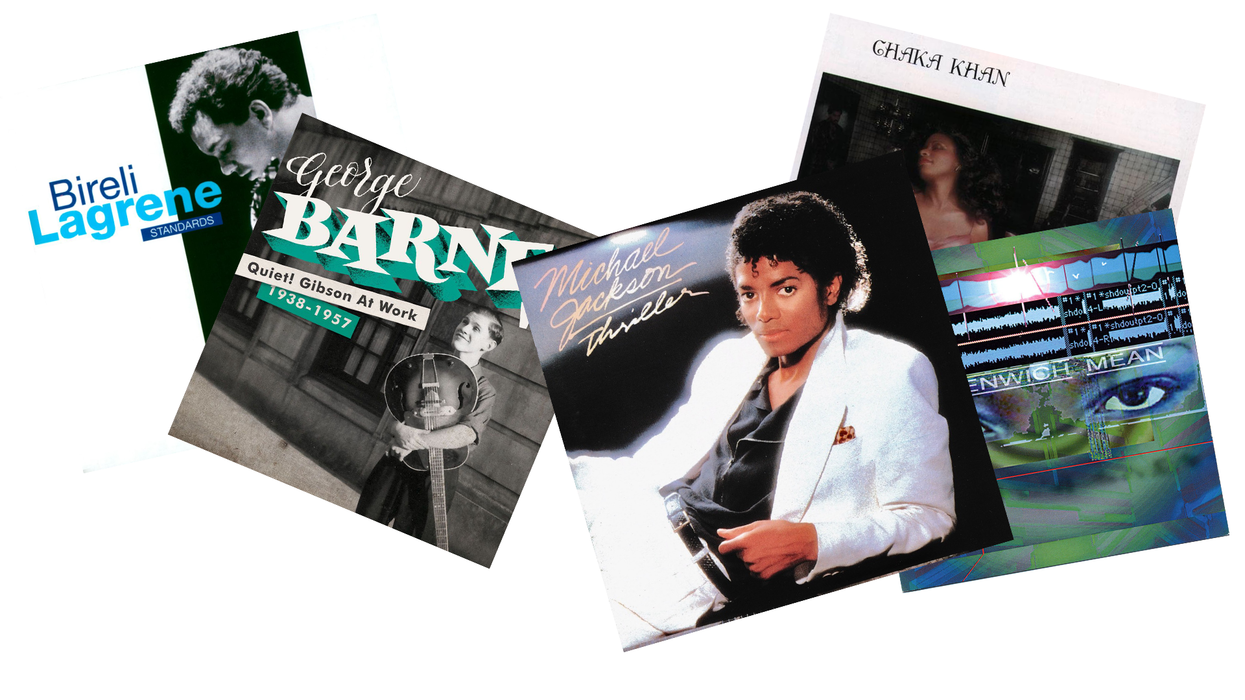Theory: Intermediate
Lesson Overview:
• Learn how to construct Dorian scales.
• Understand the minor-key harmony of “Last Dance with Mary Jane.”
• Develop an ability to hear the raised 6 in a minor scale. Click here to download a printable PDF of this lesson's notation.
I love modes. I love playing them. I love teaching them. But they are tricky to teach because it’s difficult to wrap your head around them without having to dive deep into theory, which isn’t an easy step for some players. As a teacher, I look for ways to make modes fun and relatable, and this always lives and dies by the quality of your examples and source materials. Over this past holiday break, I started researching the mighty 5-watt Fender Champ tube amp. What does this have to do with modes? Read on.
Tom Petty’s guitarist Mike Campbell is a well-known fan of low-wattage Fender amps. I was watching a segment on the history of the Champ and when the main riff to “Last Dance with Mary Jane” came up, it piqued my interest. It was a song I knew well, hadn’t really heard in a long time, and never had a reason to study—until now.
There was something about the song that was unique and I wanted to dig into. And because I needed inspiration for a new lesson, the timing was perfect. The first thing I like to do when figuring out how a tune works is to lay out the main chords as an inventory. For this tune, the chords are pretty simple:
Am–G–D–Am
Yet again, Tom Petty takes a simple harmony and crafts an enduring rock anthem around it. We all joke about three-chord rock, but this is not only three-chord rock, it’s modal as well. So, why is this a Dorian chord progression? Just looking at the chords might be enough if you’d studied harmony a ton, but if you haven’t, the next step we should take is to spell out the chords into their individual notes:
Am = A C E
G = G B D
D = D F# A
Now that we’ve deconstructed the chords, the next task is to decide which note you think is home, or in theory-speak, the I. In this case, it’s pretty clear that A is home. We keep coming back to it, and it really does feel and sound right. With that done, we can take the chord tones and alphabetize them, starting with A. This yields a string of seven notes: A–B–C–D–E–F#–G.
Okay, we’ve taken inventory of all the notes contained in those three chords, starting from our root (A). The next step is to ponder the harmonic consequences of this discovery. What makes this a Dorian progression is the D major chord with an Am tonic. This D triad brings us an F#, which is not the normal F you’d see in an A Aeolian, aka A natural minor, scale (A–B–C–D–E–F–G). With Dorian, you end up with a scale that sounds minor, but with a raised 6, compared to natural minor. This yields an intriguing sound that’s not quite as dark as the minor scale you’re accustomed to. Many people describe and teach Dorian as a minor scale with a raised 6, and that’s exactly what we have here.
To get familiar with this sound, grab “Last Dance with Mary Jane” on your favorite music service and play along in A Dorian. Ex. 1 shows a handy scale diagram based on the 5th fret root of A on the 6th and 1st strings.
Now that we’ve connected the chords to the Dorian mode and we have a scale fingering, let’s hear some riffs in context.
For Ex. 2, I’m keying off the fact that this Dorian scale position is in the same spot as the familiar minor pentatonic scale, so we’re getting to use both the mode and the pentatonic in the same phrase. I’m featuring the F# (or the 6) as the signature note that makes Dorian unique, and also because it’s the 3 of the D major chord. You can play that F# whenever you want in this progression, but it’s extra awesome over the D chord.
Click here for Ex. 2
With its bluesy beginning, Ex. 3 is another line that relies on the pentatonic scale lurking inside of the Dorian scale. Again, when the D major chord occurs in the second measure, I’m calling attention to it with the F#. It’s a simple way to connect with the Dorian scale and still keep that rock/blues feel we all love.
Click here for Ex. 3
For our final example (Ex. 4), I stayed away from the pentatonic sound and tried to create a simpler melody with just the Dorian scale. It starts in the middle of the guitar’s range and follows a see-saw pattern of “go up a few, go down a few.” At the start of each chord change—every two beats—I align to the chord in the progression: A for the Am chord, G for the G chord, and F# for the D chord. This is a little bit of voice-leading that reminds me of “While My Guitar Gently Weeps.” It not only helps you anchor the chord progression, but it connects with the mode at the same time. We’re only using a portion of Ex. 1’s two-octave scale pattern—sometimes simple is best.
Click here for Ex. 4
But wait there’s more! While the opening chords clearly spell out an A Dorian progression, the chorus shifts to yet another modal key. This song keeps on giving us things to learn and practice—how cool. When the chorus starts, we hear the following chords:
Em–A–Em–A–G
As before, let’s pull the chords apart to see what’s inside:
Em = E G B
A = A C# E
G = G B D
And just like last time, we need to determine the root. In this case, it’s clearly E minor, so we’ll call this an E something mode. Starting with E, let’s ascend through the pitches to see what we get:
E–G–A–B–C#–D
This gives us six notes. While we’re missing the second note after E (which, in a seven-note scale, would be some type of F), we can still conclude it’s another Dorian scale, this time in the key of E. Relative to E, C# is a raised 6 and this matches our general idea of Dorian construction: minor scales with a raised 6. It’s really cool that this song allows you to practice in two keys, A Dorian for the verse and E Dorian (E–F#–G–A–B–C#–D) for the chorus.
Ex. 5 is a scale diagram for E Dorian. Note that it’s the same pattern as our previous A Dorian scale, just shifted up to the 12 fret to place the E root on the 6th and 1st strings.
The chorus is my favorite part of the song because it’s a moment where everything comes together—the chords and Petty’s vocal melody combine for a beautifully haunting Dorian sound. Pay attention to the “ry” in the melody of “Mary” to hear that C# over an Em chord—that’s the distinctive Dorian color at work. It’s one of the reasons I’ll keep this song in my arsenal of material for teaching Dorian to students, along with Pink Floyd’s epic “Breathe” from Dark Side of the Moon. (Go work out the Dorian key for that one.) For now, use the above examples for inspiration and find your own riffs and ideas for “Mary Jane.” Let your creativity and ears be your guide.
I hope you enjoyed exploring how to reverse-engineer a simple song. Over time, this process will become faster and you’ll be able to hear the modes more easily. The next time a tune really tickles your ear, take it apart as we’ve done here. Who knows? It may spawn a soloing concept or a song idea you wouldn’t have otherwise considered.



